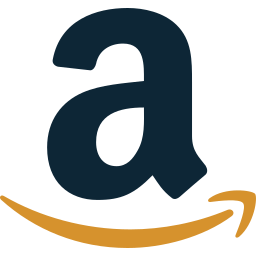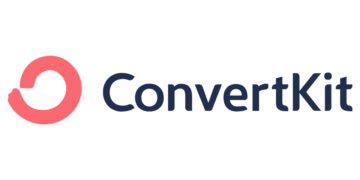No products in the cart.
Earn Money on Amazon 10 Proven Ways : Best Comprehensive Guide
Introduction to Earning Money on Amazon
Table of Contents
Amazon has revolutionized the e-commerce landscape, establishing itself as a global giant in the marketplace. With its expansive reach and reputation for reliability, Amazon provides myriad opportunities for individuals and businesses alike to generate income. Whether you’re a seasoned entrepreneur or a novice exploring new avenues, Amazon presents a platform ripe with potential for earning money.
This blog post delves into the diverse methods available for making money on Amazon, each with its unique advantages and challenges. From selling physical products to leveraging digital content, there are numerous strategies to explore. By evaluating the pros and cons of each method, we aim to equip you with the knowledge necessary to make informed decisions and take actionable steps toward financial success.
As we navigate through these proven ways to earn money on Amazon, you’ll discover opportunities that align with various skill sets and investment levels. Some methods may require initial capital and inventory management, while others might focus on leveraging your expertise or creativity without significant upfront costs. The goal is to provide a comprehensive guide that caters to a wide audience, ensuring that regardless of your background or resources, you can find a suitable path to generating income on this versatile platform.
In the following sections, we will explore specific strategies such as selling private label products, utilizing Amazon’s Fulfillment by Amazon (FBA) service, publishing eBooks on Kindle Direct Publishing (KDP), and more. Each method will be dissected to highlight its benefits, potential drawbacks, and the steps needed to get started. By the end of this guide, you will have a clear understanding of the various ways to earn money on Amazon and be equipped with the insights to pursue the most viable option for your goals.

Selling Products on Amazon: FBA vs. FBM
Selling products on Amazon offers two primary fulfillment models: Fulfillment by Amazon (FBA) and Fulfillment by Merchant (FBM). Each model has its unique logistics, costs, and benefits, making it essential for sellers to understand both to choose the best option for their business.
Fulfillment by Amazon (FBA) allows sellers to store their products in Amazon’s fulfillment centers. Amazon takes care of storage, packaging, and shipping, as well as customer service and returns. The primary advantage of FBA is the convenience and efficiency it offers. Sellers can leverage Amazon’s extensive logistics network and focus more on marketing and scaling their business. Additionally, FBA products are eligible for Amazon Prime, which can significantly boost sales due to faster shipping options. However, this convenience comes with costs, including storage fees, fulfillment fees, and additional charges for long-term storage.
For instance, John Doe, an entrepreneur who sells kitchen gadgets, transitioned to FBA and saw a 50% increase in sales within three months. The expedited shipping and Prime eligibility played a crucial role in attracting more customers and enhancing his product’s visibility.
Fulfillment by Merchant (FBM) is where sellers handle all aspects of storage, packaging, and shipping themselves. This model offers more control over the entire fulfillment process and can result in lower costs, especially for sellers who already have an efficient logistics setup. FBM can be particularly beneficial for larger or customized products that may incur higher storage fees in Amazon’s fulfillment centers. However, the responsibility for timely shipping and customer service remains entirely with the seller, which can be resource-intensive.
Jane Smith, who sells handmade jewelry, opted for FBM to maintain direct control over her product quality and personalized packaging. This approach allowed her to build a loyal customer base and reduce overhead costs associated with third-party fulfillment.
Comparatively, the choice between FBA and FBM depends on the seller’s specific needs and business model. FBA is ideal for those looking to scale quickly and leverage Amazon’s infrastructure, while FBM suits sellers who prioritize control and cost-efficiency. Understanding the intricacies of each model can help sellers make informed decisions that align with their business goals.
Publishing Books with Kindle Direct Publishing (KDP)
Amazon’s Kindle Direct Publishing (KDP) offers a lucrative opportunity for authors to earn money by publishing e-books. The process is relatively straightforward, making it accessible for both seasoned writers and newcomers. To get started, authors need to write their manuscript, ensuring the content is engaging and well-edited. Once the writing phase is complete, the manuscript must be formatted according to Kindle’s specifications, which includes proper layout, font usage, and table of contents.
After formatting, authors can upload their book to the KDP platform. The platform provides a user-friendly interface where authors can enter their book details, such as title, author name, and book description. They can also upload their book cover, which is crucial for attracting potential readers. KDP allows authors to set their pricing and choose between two royalty options: 35% or 70%, depending on the book’s price and distribution channels.
One of the significant benefits of using KDP is the global distribution network. Authors can reach readers worldwide, expanding their audience far beyond local markets. Additionally, KDP offers high royalty rates, which can be more profitable compared to traditional publishing routes. However, the platform is highly competitive, with millions of e-books available to readers. Standing out in this saturated market requires effective marketing strategies.
To succeed on KDP, new authors should focus on creating a professional and appealing book cover, as it can significantly impact a book’s visibility. Writing compelling book descriptions and utilizing keywords effectively can also enhance discoverability. Building an author platform through social media, blogs, or email newsletters can help in creating a loyal reader base. Encouraging reviews and leveraging Amazon’s promotional tools, like Kindle Countdown Deals and Free Book Promotions, can further boost a book’s visibility and sales.
While the journey of publishing on KDP involves various challenges, such as marketing efforts and competition, the potential rewards make it a worthwhile endeavor for aspiring authors. By focusing on quality content, strategic marketing, and leveraging Amazon’s tools, authors can carve a niche for themselves and achieve significant financial success.
Participating in Amazon Associates Program
The Amazon Associates Program offers a lucrative opportunity for individuals to earn commissions by promoting Amazon products through affiliate links. This program is accessible to anyone with a website, blog, or even a robust social media presence. The first step involves signing up on the Amazon Associates website, where you will need to provide details about your platform and how you intend to drive traffic to Amazon.
Once approved, you can start choosing products to promote. It is advisable to select products that align with your niche or audience interests to maximize engagement and conversions. Amazon provides a comprehensive suite of tools to help you generate affiliate links, including SiteStripe, which allows you to create links directly from the product page.
Driving traffic to your affiliate links is crucial for success. Blogging is one of the most effective strategies, where you can write detailed reviews, product comparisons, or listicles featuring Amazon products. Social media can also be a powerful tool; by sharing engaging content and incorporating affiliate links in posts, stories, and bio sections, you can reach a wider audience. Additionally, email marketing can be leveraged to share curated recommendations with your subscribers, boosting click-through rates and potential earnings.
Many successful affiliates have built substantial income streams through the Amazon Associates Program. For instance, Michelle Schroeder-Gardner of the blog “Making Sense of Cents” reportedly earns over $50,000 per month from affiliate marketing, a significant portion of which comes from Amazon Associates. Similarly, Pat Flynn of “Smart Passive Income” has shared insights into his success, attributing a notable part of his earnings to strategic use of Amazon affiliate links.
Incorporating a mix of these strategies while maintaining a focus on delivering value to your audience can significantly enhance your potential earnings through the Amazon Associates Program. It is essential to continually optimize your approach based on performance metrics and evolving audience preferences.
Creating and Selling Custom Merchandise with Amazon Merch
Amazon Merch on Demand offers a unique opportunity for creators to design and sell custom apparel without the burden of upfront costs or inventory management. This print-on-demand service enables users to upload their designs, which are then printed on various products such as t-shirts, hoodies, and more, and sold directly on Amazon’s vast marketplace.
The process of getting started with Amazon Merch is straightforward. To begin, you need to request an invitation to join the program, as Amazon Merch operates on an invite-only basis. Once accepted, you can create an account and start designing your products. The design process involves creating high-quality artwork that adheres to Amazon’s design guidelines, which include specific dimensions, file formats, and content restrictions.
After uploading your designs, you can select the type of merchandise you want your designs to appear on. Amazon takes care of the rest, from printing the products to handling customer service and shipping. This seamless integration allows you to focus solely on creating appealing designs without worrying about logistics. Once your products are listed on Amazon, you earn royalties from each sale, providing a potential source of passive income.
One of the significant advantages of Amazon Merch is the absence of upfront costs, making it accessible to designers with limited budgets. Additionally, the passive income potential is enticing, as your designs can generate sales long after they are listed. However, there are some challenges to consider. The competition on Amazon Merch can be intense, with numerous designers vying for customer attention. Moreover, you have limited control over the final product quality and pricing, as these aspects are managed by Amazon.
To maximize your success on Amazon Merch, focus on creating unique and appealing designs that stand out in the crowded marketplace. Research current trends and popular niches to inspire your creations. Utilize high-quality, vibrant images and ensure your designs are clear and visually appealing when printed. Furthermore, optimizing your product listings with relevant keywords and compelling descriptions can enhance visibility and attract more customers.
Leveraging Amazon Mechanical Turk for Microtasks
Amazon Mechanical Turk (MTurk) is a crowdsourcing platform that offers individuals the opportunity to earn money by completing small tasks, known as Human Intelligence Tasks (HITs). These tasks can range from data entry, surveys, and content moderation to more specialized activities like transcription and image tagging. The platform connects businesses and developers with a diverse, global workforce capable of performing microtasks that typically require human intelligence and attention to detail.
One of the main advantages of using MTurk is its flexibility. Workers, known as Turkers, can choose when and how much they want to work. This makes it an ideal option for those seeking supplemental income without a fixed schedule. Additionally, the platform has low barriers to entry, requiring only a computer and internet connection to get started. This accessibility democratizes the opportunity to earn money, making it available to a wide range of people regardless of their geographical location.
However, there are some drawbacks to consider. The compensation for many tasks can be relatively low, especially for simpler tasks that do not require specialized skills. Furthermore, the work can be repetitive, which may not appeal to everyone. To mitigate these issues, Turkers can focus on selecting higher-paying tasks by leveraging resources such as forums and websites that rate and review HITs. This can help workers identify tasks that offer better compensation and are more engaging.
Maximizing earnings on MTurk involves strategic task selection and efficient time management. By prioritizing tasks that align with individual skills and interests, Turkers can enhance their productivity and financial returns. Additionally, taking advantage of tools and extensions designed to streamline the task search and completion process can further boost efficiency.
Overall, Amazon Mechanical Turk presents a viable avenue for earning money through microtasks. While it may not be a primary source of income, its flexibility and accessibility make it a worthwhile option for those looking to supplement their earnings with minimal upfront investment.
Offering Services on Amazon Home Services
Amazon Home Services provides a platform for professionals to offer their skills and services to a broad audience. This service facilitates a connection between customers seeking local professionals and the service providers themselves. To get started, professionals need to sign up for Amazon Home Services by creating an account and verifying their credentials. This process involves providing necessary documentation and undergoing background checks to ensure reliability and trustworthiness.
Once registered, service providers can list their services on the platform. These services can range from home cleaning and appliance repair to plumbing and electrical work. Each listing should include detailed descriptions, pricing, and any special qualifications or certifications. This transparency helps potential customers make informed decisions and sets clear expectations from the outset.
Managing bookings through Amazon Home Services is streamlined. Service providers receive notifications of new bookings and can manage their schedule through the platform’s interface. This system ensures that providers can efficiently handle their appointments and offer timely services to their clients. Additionally, maintaining high service ratings is crucial on this platform. Customers can leave reviews based on their experiences, which directly impact the provider’s reputation and future business opportunities.
The benefits of offering services on Amazon Home Services are significant. The platform grants access to Amazon’s extensive customer base, providing a steady stream of potential clients. This exposure can lead to increased bookings and business growth. However, competition can be fierce, and maintaining high service ratings requires consistent quality and professionalism. Providers must strive to exceed customer expectations by being punctual, courteous, and skilled in their trade.
Popular services offered on Amazon Home Services include home cleaning, furniture assembly, and TV wall mounting. To stand out, service providers should focus on excellent customer service, prompt responses to inquiries, and consistently high-quality work. By doing so, they can build a strong reputation and leverage the platform to grow their business effectively.
Pros and Cons of Making Money with Amazon
When considering the various methods of earning money on Amazon, it is imperative to weigh both the advantages and disadvantages. One of the primary benefits is the potential for significant income. Amazon offers a vast marketplace with millions of customers, providing a high level of exposure for your products or services. This can translate to substantial earnings if managed effectively.
Flexibility is another noteworthy advantage. Many of Amazon’s earning opportunities, such as selling products through Fulfillment by Amazon (FBA), creating content for Kindle Direct Publishing (KDP), or participating in the Amazon Associates program, allow for a great deal of autonomy. You can often set your own hours and work from anywhere, making it an attractive option for those seeking a flexible work-life balance.
Amazon’s robust support infrastructure is also a significant pro. The platform provides a range of tools and resources to help sellers and content creators succeed. These include marketing tools, data analytics, and a comprehensive help center. For instance, FBA handles storage, packaging, and shipping, reducing the logistical burden on sellers.
However, there are also notable drawbacks to consider. Competition on Amazon is fierce, with countless sellers vying for attention in almost every category. This can make it challenging to stand out and achieve consistent sales. Additionally, Amazon’s fees can eat into your profits. Whether you are selling products or earning commissions through affiliate marketing, various fees and charges apply, which can reduce your overall earnings.
Moreover, successful selling on Amazon often requires significant marketing efforts. To drive traffic to your listings or content, you may need to invest in advertising, SEO optimization, and other promotional activities. This can be time-consuming and may require a financial investment upfront.
In conclusion, while making money on Amazon presents numerous opportunities, it is essential to consider both the pros and cons. For individuals and businesses willing to navigate the competitive landscape and invest in marketing, Amazon offers a viable and potentially lucrative platform. However, it may not be suitable for everyone, particularly those unprepared for the associated challenges and costs.
Resources and Further Reading
For those interested in delving deeper into the various ways to earn money on Amazon, we have compiled a list of valuable resources and links. These resources will provide more detailed information and guide you through the processes of different Amazon programs.
Firstly, the Fulfillment by Amazon (FBA) program is a great starting point for those looking to sell products on the platform. Amazon handles storage, packaging, and shipping, allowing you to focus on your business. For authors and publishers, the Kindle Direct Publishing (KDP) page offers comprehensive information on how to publish and sell your books on Amazon.
If you are interested in earning through affiliate marketing, consider joining the Amazon Associates program. This program allows you to earn commissions by promoting Amazon products on your blog, website, or social media channels. For designers and creatives, the Amazon Merch program offers an opportunity to sell custom-designed merchandise without any upfront costs.
Another option is Amazon Mechanical Turk (MTurk), which provides a platform for completing small tasks for pay. You can learn more and sign up here. Additionally, to ensure you have access to the most accurate information, we recommend reading articles from credible sources like Entrepreneur and Forbes, which frequently publish content on making money through Amazon.
Lastly, if you have any questions or need further guidance, feel free to reach out to us through our contact page. We are here to help you navigate the opportunities available on Amazon and maximize your earning potential. Look at this article on Amazon Best mobile phones.























![A Comprehensive Review of [Course/Product/Experience Name] 23 man in gray shirt sitting on black chair](https://theamericansidehustle.net/wp-content/uploads/2025/03/man-in-gray-shirt-sitting-on-black-chair-1-scaled.jpg)














































































